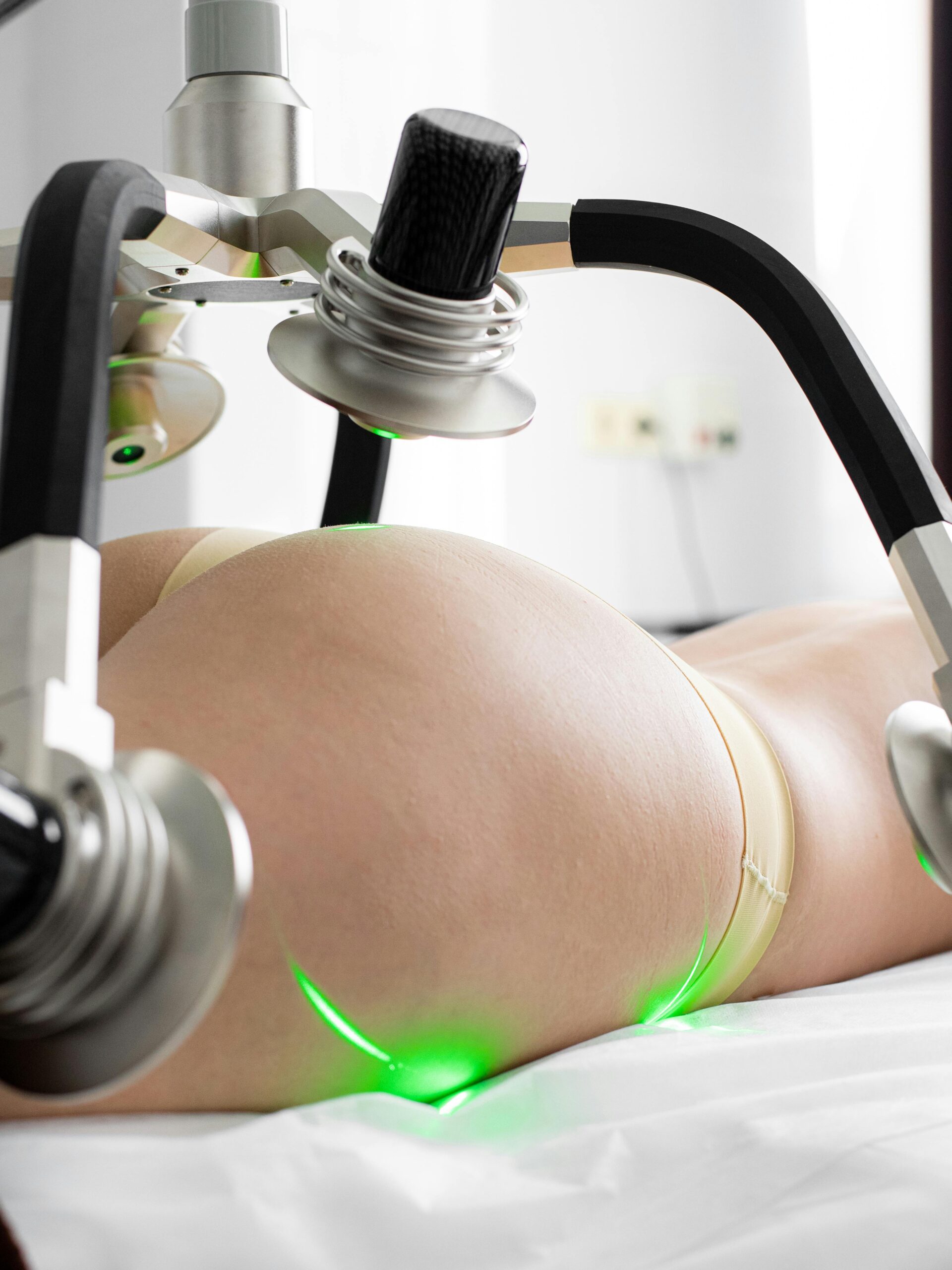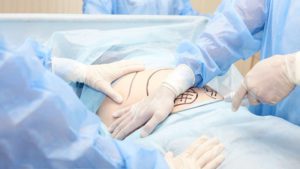Dr Barretts Tips for The Ultimate Brazilian Butt Lift Recovery
Congratulations! We’re sure you’re feeling pretty uncomfortable right now, but rest assured: you’re on your way to your new self! But first. you’re going to
Receive FREE UPS® Ground delivery for domestic orders over $200!

A Brazilian Butt Lift, more commonly known as a “BBL”, is an intense procedure which requires an extensive recovery period. Patience, attention to detail, and lots of extra care are necessary to heal comfortably and as easily as possible. However, it doesn’t have to be a daunting journey — patients who educate themselves and closely follow their surgeon’s instructions are more successful making it through the healing period. Knowing what to expect and preparing beforehand lowers the risk of post-op complications and eases patient anxiety.
A BBL is a two-step procedure that uses liposuction to graft fat from other parts of the body (specifically the back, inner thighs, and midsection) to the buttocks to create an hourglass body contour. The surgeon performs liposuction to harvest fat from the grafting sites, using a narrow tube to break down the fat cells before suctioning them out. Next, using a small needle, the fat will be directly injected into the desired areas. Patients decide on the designated fat grafting sites with their surgeon, choosing parts of the body with sufficient excess fat. These sites are often strategically chosen to enhance the hourglass shape further.
This procedure requires a minimum of two weeks of full downtime away from work and normal activities. The entire recovery period lasts around four to six weeks, though the full length can vary from person to person. Patients typically experience soreness for the few first days after a BBL procedure. Swelling and bruising are common side effects that may last up to a month. Altering such a vast part of the body–the gluteus maximus being the biggest muscle in the body, it also contains the largest veins–means patients should be ready to adjust their lifestyle accordingly until they are completely healed. Researching an experienced and certified surgeon is the first step in reducing the risk of complications, but it’s also up to the patient to diligently care for their bodies after the procedure. A key benefit of the recovery period is to ensure the maximum amount of fat cells survive, which allows the patient to keep their new shape.
Patients should arrange for someone to pick them up from their procedure and find support for any child or pet care for the first few days. (Once cleared by your surgeon, try the Tushbaby Hipseat Baby Carrier to keep from stressing the area!) Exercise and strenuous activity should be avoided for about six weeks. Patients need to wear comfortable, loose-fitting clothing to avoid restriction of the surgical sites. Your doctor will provide any necessary compression garments to wear under the clothing – these garments were designed to encourage healthy healing and blood flow. Special pillows are also made to help BBL patients sit and sleep without adding pressure.
The surgeon will provide specific instructions for optimal post-operative care, including a routine for advanced scar management past the initial healing period. The surgical team should always be available to closely monitor recovery in the weeks and months following surgery. Above all, patients should exercise restraint and not skip the extended healing protocol as their BBL settles into place. Though there will be an immediately noticeable difference, the final results can take up to six months to fully emerge as the grafted fat stabilizes. Recovery is a journey best approached with care, time, and diligence while paying close attention to your body.
Speak up if you’re unsure or curious about any part of the procedure or recovery period. Your surgical team is there to support you, and you should feel comfortable to reach out if you are concerned about complications.
Reasons to call your doctor include:
It’s essential to keep your body in optimal health as it recovers, and smoking and alcohol can compromise the immune system.
Taking the full course of prescribed antibiotics is a MUST, and the only way to avoid infection. Pain management medication should always be taken as instructed.
Many patients find that creating a post-op kit can relieve anxiety and prepare them for successful healing. BBL recovery supplies can be anything that will make the patient’s recovery journey as trouble-free as possible. Common items to include in the kit are loose-fitting clothing, sitting and sleep aids, water bottles, nutritional supplements, scar tape, bandages, and all prescribed medications (which should be filled prior to surgery) and any natural pain relief remedies.
Starting the day of surgery, light walking about three times daily will help blood circulation and reduce the chance of clotting. More rigorous exercise can begin after about four weeks.
Patients should avoid baths, hot tubs, pools, and natural bodies of water to avoid bacteria that may cause infection.
Though BBL patients shouldn’t take baths, keeping the surgical sites clean and dry is imperative. Patients will need to shower 24 hours after their operation. Your doctor will specify how to clean the wounds and reapply dressings such as bandages or scar sheeting.
BBLs are invasive surgeries that require an extended amount of downtime. Patients should arrange for someone to pick them up from the operation and seek assistance from a friend, loved one, or nurse for the first few days when mobility is difficult.
Many people are tempted to use the recovery period as a mini vacation. While resting and relaxing during this time is important, basic nutrition and wellness are even more of a priority than normal. Any major surgery depletes the body’s nutrients by responding to the wounds, so patients should try and maintain a healthy diet filled with vitamins and nutrients. Speak with your doctor about nutritional supplements like magnesium, vitamin A, vitamin B12, iron, and zinc that can assist in the healing process.
Congratulations! We’re sure you’re feeling pretty uncomfortable right now, but rest assured: you’re on your way to your new self! But first. you’re going to
Whether it’s elective or not, inflammation or swelling after surgery is a reality anytime you go under the knife. Inflammation, which is actually an inflammatory

When it comes to any surgery, planning for after the procedure is the answer to a speedy and comfortable recovery. Preparing ahead helps to reduce stress. Taking


Congratulations! You’ve just made a life-changing decision to look and feel your best, and you’re on your way to your new self! But you’re going


Congratulations! We’re sure you’re feeling pretty uncomfortable right now, but rest assured: you’re on your way to your new self! But you’re going to go


For some, making the decision to change their body through breast reduction surgery is an easy one; for others, there can be months or even years of
Always consult with your physician before using
any of the products and materials available for purchase on our website.
Always consult with your physician before using
any of the products and materials available for purchase on our website.
A Dr. Daniel Barrett company
Visit:
www.drdanielbarrett.com

